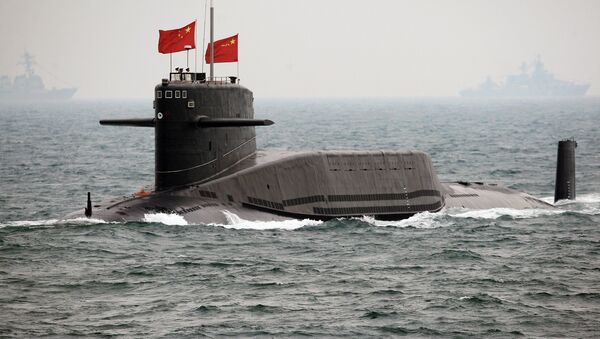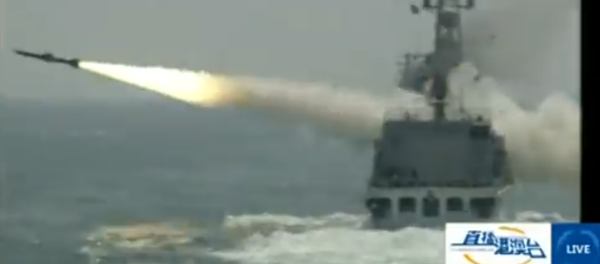However, according to Stratfor, the People's Liberation Army still lacks the means to counter the threat posed by fast and evasive US nuclear submarines.
Until recently China has been relying on Type 037 submarine chasers which are largely ineffective against modern deep diving nuclear submarines and has not got enough anti-submarine helicopters, using mostly "lightweight Z-9Cs" and "somewhat more capable Ka-28 types." But since the beginning of the 21st century China has focused on its anti-submarine capabilities, ramping the production of anti-submarine corvettes, equipping its multi-role surface vessels with depth sonars, anti-submarine torpedoes and increasing the number of helicopters.
"[China] is already using these resources to close the gap with its neighbors and the United States," the report stated.
"Beijing is off to a good start. China has added Gaoxin-6 anti-submarine airplanes to the North Sea Fleet. These aircraft carry sea-search radar, a large magnetic anomaly detector boom and other anti-submarine equipment and weapons. They are broadly comparable to the US P-3 Orion aircraft — the anti-submarine workhorse for many militaries worldwide," Stratfor's analysts emphasized.
China's anti-submarine warfare requirements are growing as Beijing kicks off operations in the South and East China Seas. Beijing carries out extensive survey and mapping of operating areas in the South China Sea and builds a network of underwater sensors across the South and East China Seas to detect submarines.
Beijing has also improved its own submarine production, manufacturing Yuan-class diesel-electric submarines and nuclear subs. Early this month, media sources reported that Islamabad was planning to purchase eight of China's modern Yuan-class submarines (Type 093A).
Furthermore, the country's military is implementing unmanned underwater vehicles (UUV) with anti-submarine warfare applications, while Chinese technicians, aircrew and sailors are undergoing special training on a regular basis.
China's military strategy is based on a concept of preventing the foreign incursion. While the US and NATO submarines still pose a potential threat to the country's maritime zone, the gap between NATO and China's underwater warfare capabilities is steadily narrowing.




